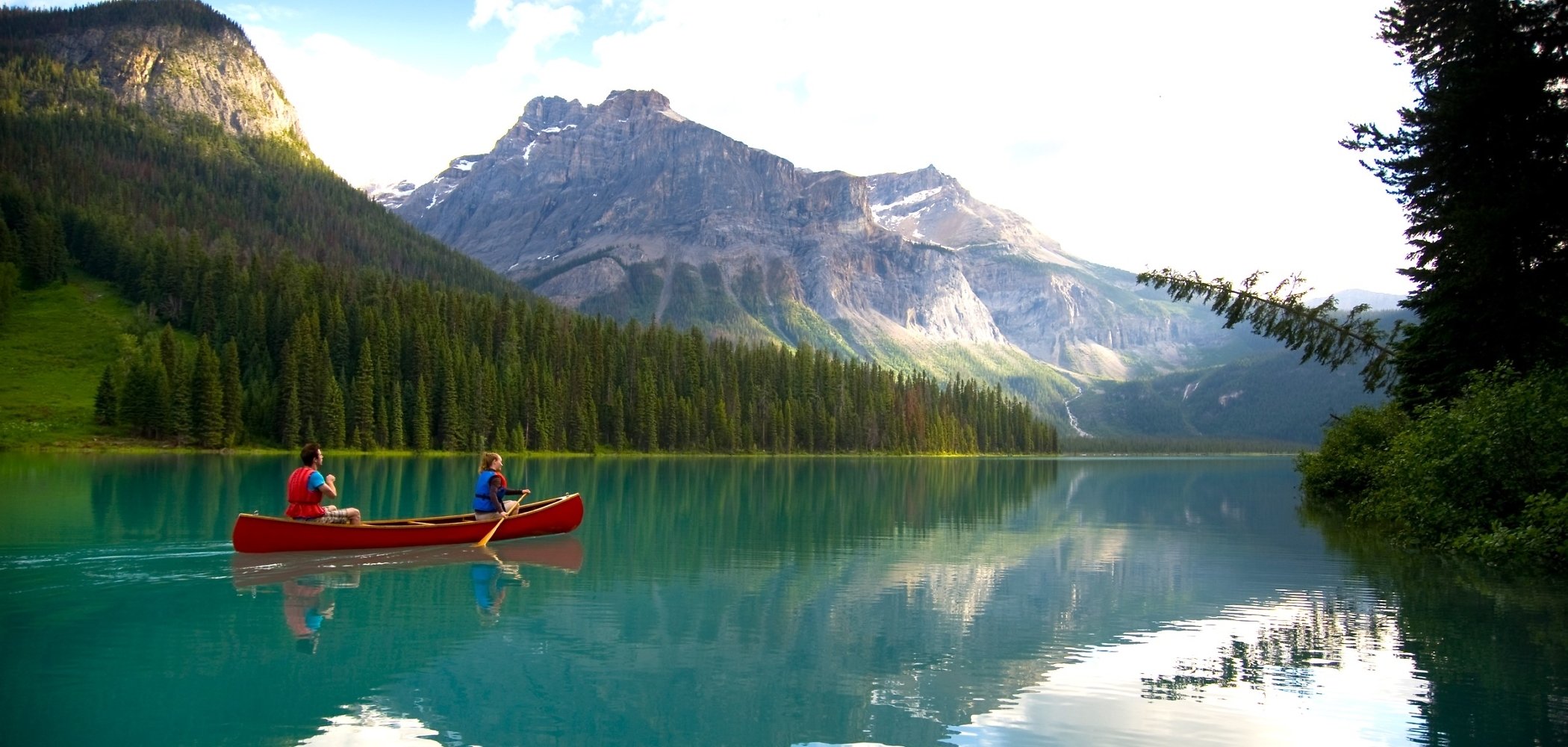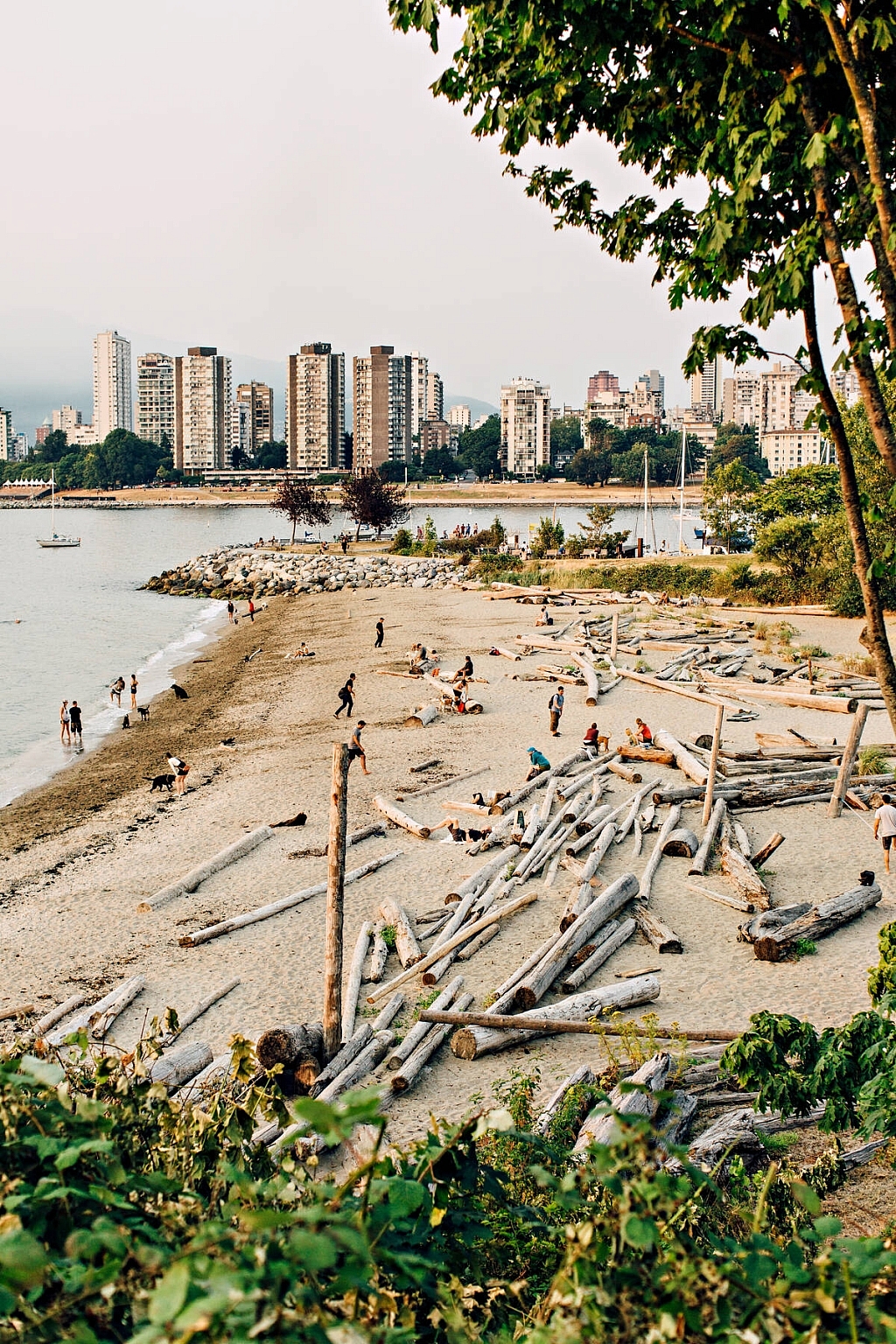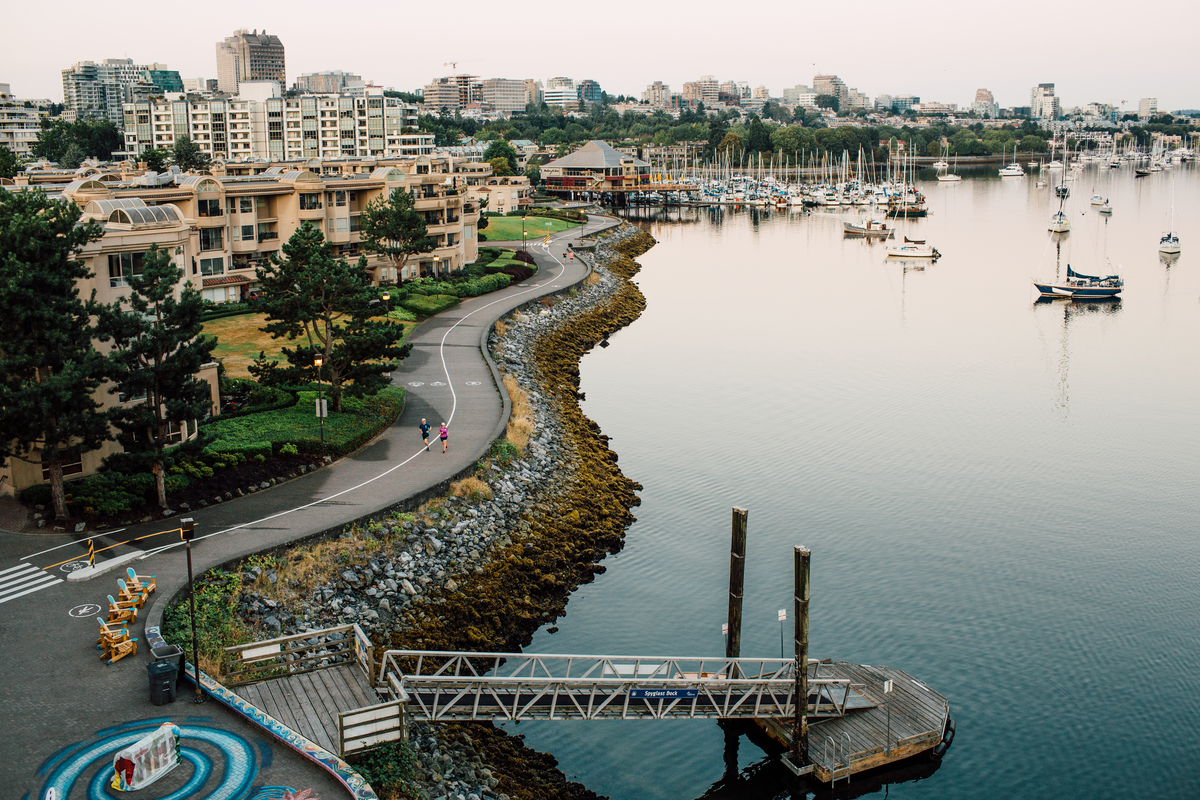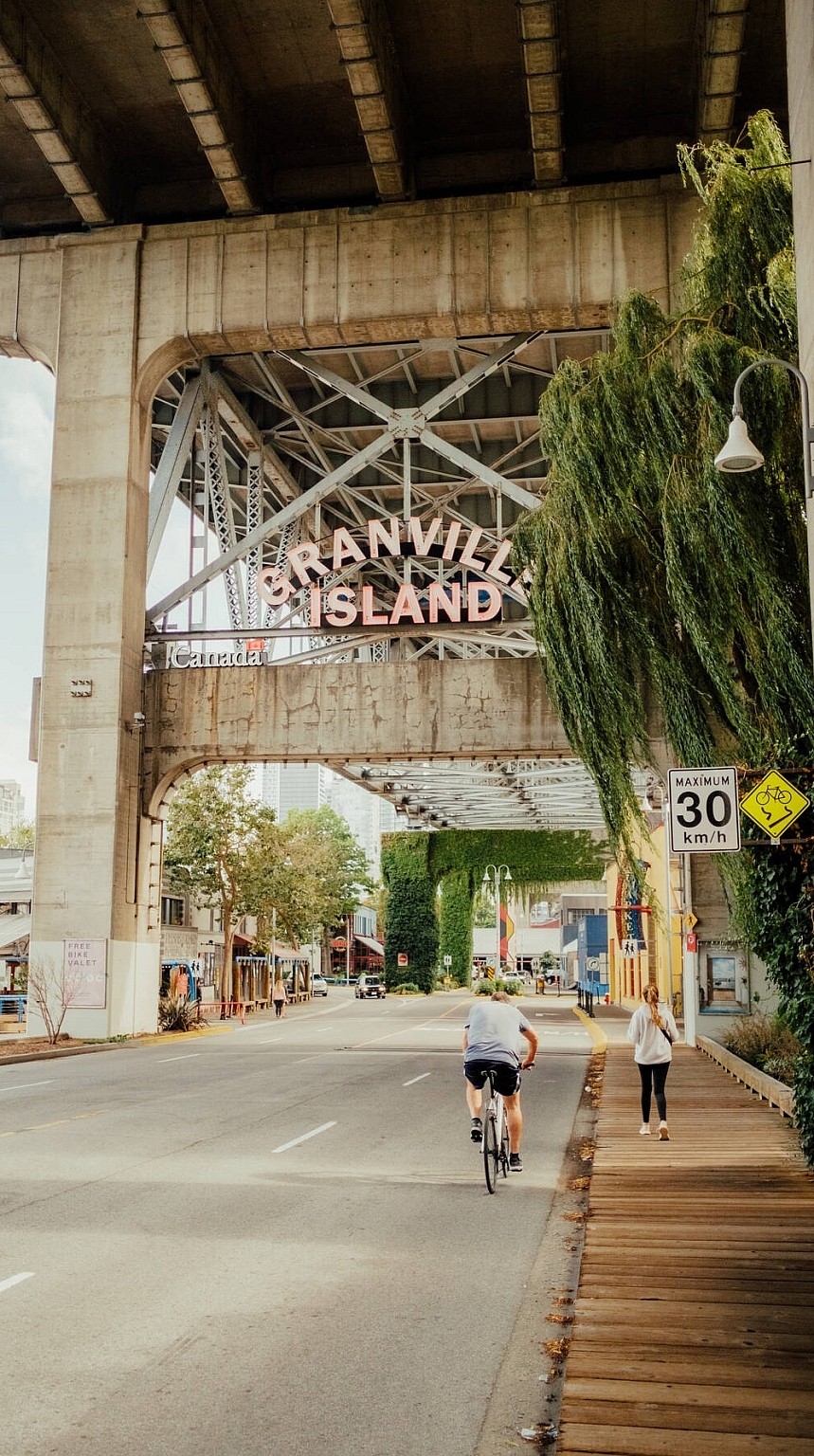Journey through BC’s natural wonders starting in Vancouver, on Canada’s west coast. Find yourself in a picture-perfect and active city recognized by TIME Magazine as one of the “World’s Greatest Places.”
Located on the shared territories of the xʷməθkʷəy̓əm (Musqueam Indian Band), Sḵwx̱wú7mesh Úxwumixw (Squamish Nation), and səlilwətaɬ (Tsleil-Waututh Nation), the city is a vibrant collection of people and cultures who have lived on these lands for thousands of years, and those who have settled here more recently.
At the foot of the Coast Mountains, surrounded by ocean and peaks, Vancouver is a city you’ll want to spend some time in. Explore unique neighbourhoods and fast-growing Metro Vancouver cities like Burnaby, Surrey, and Langley for shopping, galleries, and museums. Discover sandy beaches, paths, and parks close to town, or venture to the nearby North Shore Mountains to bike, hike, ski, and snowboard, or simply take in the views.
Adjacent to the downtown core is Stanley Park, a sprawling rainforest refuge larger than New York’s Central Park with old-growth trees, accessible trails, and wildlife. Surrounding the park is a 10-km section of “The Seawall,” the world’s longest uninterrupted waterfront path at 28 km. This biking and walking promenade boasts stellar views at every turn, and a chance to spot curious harbour seals and other marine wildlife.
Vancouver also delivers for foodies. From farmers markets to food trucks, and casual restaurants to MICHELIN-starred contemporary dining experiences, the hyper-local food scene here will satisfy any palate.






